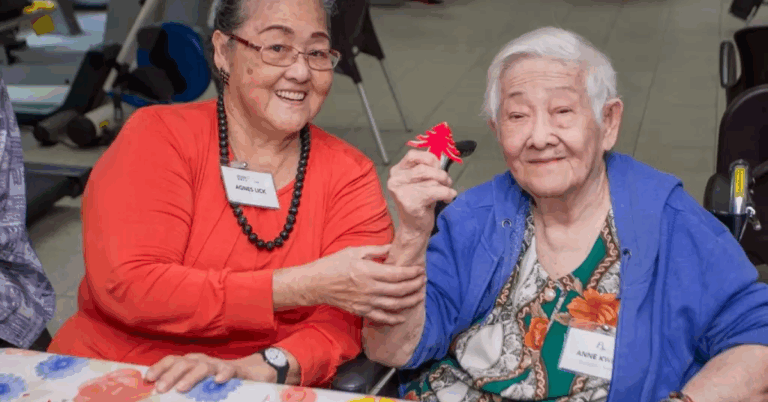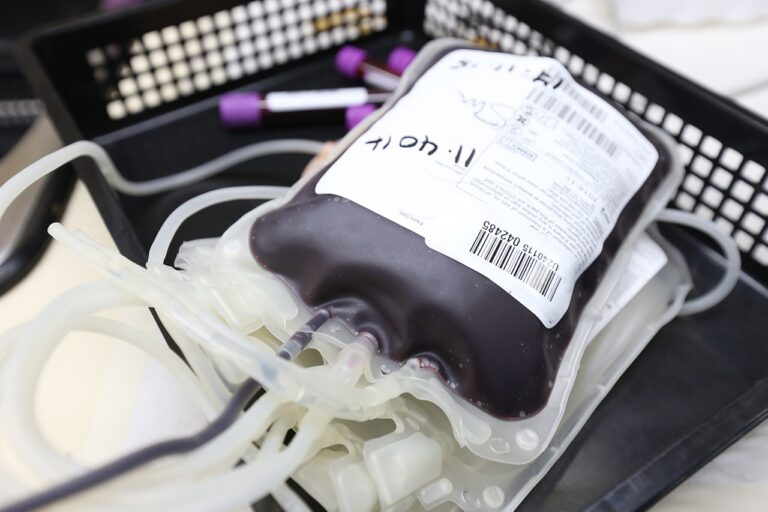The Importance of Cultural Diversity in Healthcare Settings
Cultural diversity in healthcare settings brings a multitude of advantages that ultimately enhance the quality of patient care. Firstly, it fosters a more inclusive and patient-centered approach to healthcare delivery. By understanding and respecting various cultural beliefs and practices, healthcare providers are better equipped to tailor their services to meet the unique needs of diverse patient populations. This leads to improved patient satisfaction, trust, and ultimately, better health outcomes.
Secondly, embracing cultural diversity in healthcare settings promotes innovation and learning among professionals. Exposure to different perspectives and practices challenges healthcare workers to think creatively and adapt their approaches to care. This continuous learning process not only enriches the work environment but also contributes to the overall growth and development of healthcare professionals, leading to a more competent and culturally competent workforce.
Challenges Faced in Promoting Cultural Diversity in Healthcare
Healthcare providers often encounter challenges when trying to promote cultural diversity in their settings. One common obstacle is the lack of cultural competence among staff members. Without proper training and awareness of different cultural beliefs and practices, healthcare professionals may inadvertently engage in behaviors that are insensitive or disrespectful to patients from diverse backgrounds. This can lead to miscommunication, mistrust, and ultimately, poorer health outcomes for patients.
Another challenge in promoting cultural diversity in healthcare is the limited availability of resources and support systems. Many healthcare institutions struggle to allocate sufficient funds and time for cultural competency training programs, interpreter services, and other tools that can facilitate effective cross-cultural communication. As a result, staff members may feel ill-equipped to navigate the complexities of providing care to individuals from various cultural backgrounds, leading to disparities in quality of care and patient satisfaction.
Effective Communication Strategies in a Culturally Diverse Healthcare Environment
Cultural diversity in healthcare settings necessitates the implementation of effective communication strategies to ensure quality care for all patients. Language barriers can often pose challenges in conveying medical information accurately, making it essential for healthcare providers to utilize professional interpreters or language assistance services. In addition, non-verbal communication cues such as body language and gestures play a significant role in cross-cultural interactions, requiring healthcare professionals to be mindful of these nuances to foster understanding and trust with patients from diverse backgrounds.
Moreover, actively listening to patients’ concerns and acknowledging their cultural beliefs and practices can enhance communication effectiveness in a culturally diverse healthcare environment. Demonstrating empathy and respect towards patients’ cultural values can help build rapport and strengthen the therapeutic relationship between healthcare providers and individuals from various cultural backgrounds. By embracing cultural sensitivity and adapting communication styles accordingly, healthcare professionals can bridge the gap between different ethnicities and enhance the overall quality of care delivery.







